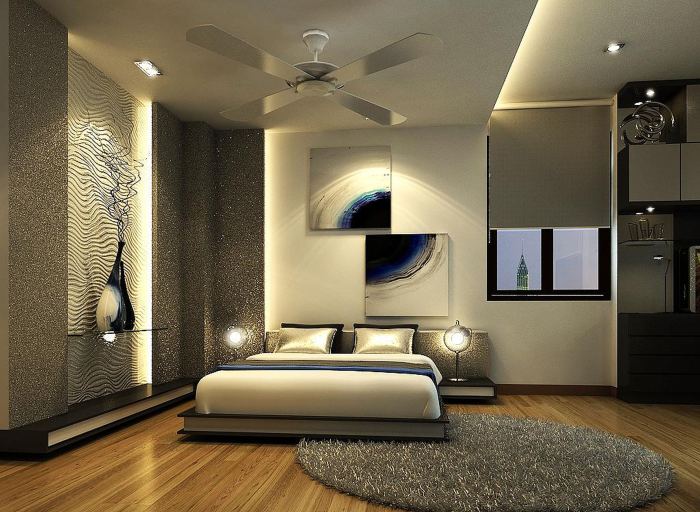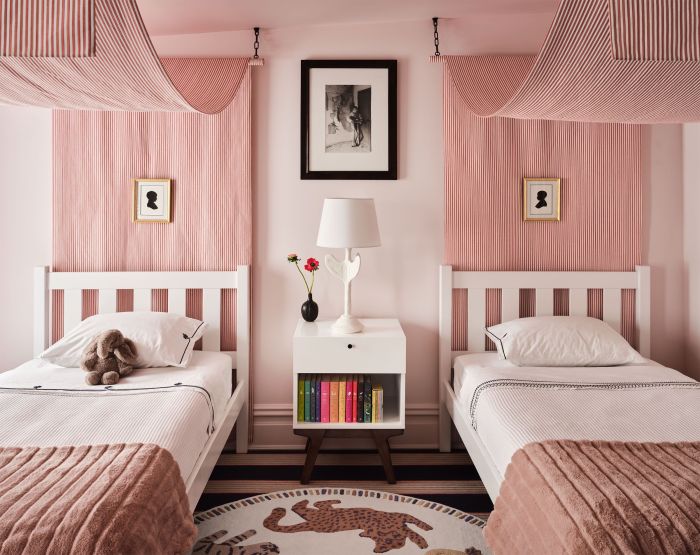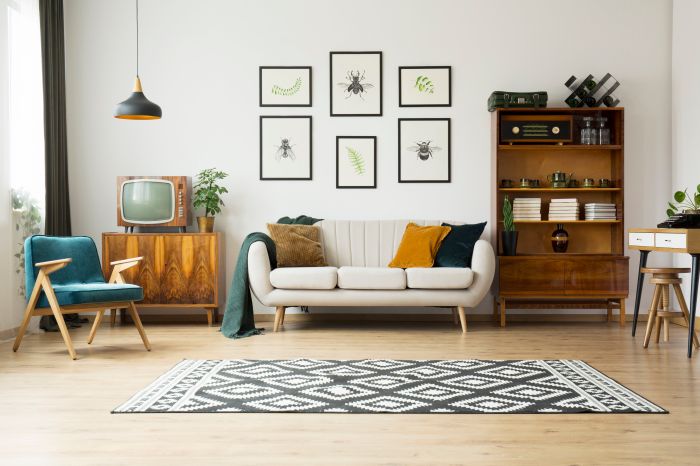How to decorate a room like a designer – Are you ready to transform your space into a designer’s dream? Decorating a room like a professional designer may seem like a daunting task, but with the right tips and tricks, you can achieve a stylish and cohesive look that will impress your guests. From choosing the perfect color palette to incorporating the right accessories, we’ve got you covered. Let’s dive in and explore how you can decorate a room like a designer.
Choose a Color Palette
One of the first steps in decorating a room like a designer is to choose a cohesive color palette. This will set the tone for the entire space and create a sense of harmony. Consider using a mix of neutral tones with pops of bold colors for a modern look, or stick to a monochromatic palette for a more minimalist feel.
Focus on Lighting
Lighting is key when it comes to creating a designer-inspired space. Incorporate a mix of ambient, task, and accent lighting to add depth and dimension to the room. Consider using statement light fixtures as a focal point, and don’t forget to layer your lighting for a warm and inviting atmosphere.
Bring in Textures

Texture plays a crucial role in adding visual interest to a room. Mix and match different textures such as velvet, leather, and wood to create a dynamic and inviting space. Consider adding throw pillows, area rugs, and curtains to add depth and warmth to the room.
Accessorize Thoughtfully

Accessories are the finishing touches that can take a room from ordinary to extraordinary. Choose a few statement pieces such as artwork, vases, or decorative objects to showcase your personal style. Remember to edit your accessories for a clutter-free and polished look.
When it comes to decorating a guest room cottage style, the key is to create a cozy and welcoming atmosphere. Incorporate floral patterns, pastel colors, and vintage furniture to achieve that charming cottage look. For more tips on how to decorate a guest room cottage style, check out this helpful guide: how to decorate a guest room cottage style.
Play with Scale
Playing with scale is a design trick that can instantly elevate a room. Mix oversized furniture with smaller pieces to create visual interest and balance. Consider incorporating a statement piece of furniture or artwork to anchor the room and draw the eye in.
Consider the Flow
When decorating a room like a designer, it’s important to consider the flow of the space. Arrange furniture in a way that allows for easy movement and conversation. Create designated areas for different activities such as lounging, dining, and working to maximize functionality.
Personalize Your Space: How To Decorate A Room Like A Designer
Don’t be afraid to inject your personality into the room. Add personal touches such as family photos, heirlooms, or travel souvenirs to make the space feel uniquely yours. Mixing old and new pieces can create a layered and curated look that reflects your individual style.
Invest in Quality Pieces
When decorating a room like a designer, it’s important to invest in quality pieces that will stand the test of time. Choose furniture and accessories made from durable materials that are both stylish and functional. Quality pieces may cost more upfront, but they will ultimately save you money in the long run.
Don’t Forget About the Walls
The walls are often an overlooked element in room design, but they can make a big impact on the overall look and feel of a space. Consider adding wallpaper, paint, or artwork to create a focal point or add visual interest. Don’t be afraid to experiment with different wall treatments to see what works best for your room.
Layer Your Decor
Layering your decor is a design technique that can add depth and dimension to a room. Mix and match different textures, colors, and patterns to create a visually stimulating space. Consider adding throw blankets, pillows, and rugs to layer your decor and create a cozy and inviting atmosphere.
Conclusion
Decorating a room like a designer doesn’t have to be intimidating. By following these tips and tricks, you can create a stylish and cohesive space that reflects your personal style. Remember to choose a color palette, focus on lighting, bring in textures, accessorize thoughtfully, play with scale, consider the flow, personalize your space, invest in quality pieces, don’t forget about the walls, and layer your decor for a designer-inspired look.
With a little creativity and attention to detail, you can transform your room into a designer’s dream.
FAQs
1. How can I choose the right color palette for my room?
When choosing a color palette, consider the mood you want to create and select colors that complement each other. You can use tools like color wheels or consult with a professional designer for guidance.
2. What are some budget-friendly ways to decorate like a designer?
Consider upcycling old furniture, shopping at thrift stores, or DIYing your decor to save money while still achieving a designer look.
Looking to spruce up your guest room with a cozy cottage style? Check out this guide on how to decorate a guest room cottage style for some tips and tricks. From floral patterns to vintage accents, you’ll have your guests feeling like they’re in a charming countryside retreat.
3. How can I make a small room feel more spacious?
To make a small room feel more spacious, use light colors, mirrors, and multi-functional furniture to maximize space and create the illusion of a larger room.
4. What are some common mistakes to avoid when decorating a room?, How to decorate a room like a designer
Avoid cluttering your space with too many accessories, choosing the wrong scale of furniture, neglecting lighting, and ignoring the flow of the room.
5. How can I incorporate trends into my room without dating it quickly?
To incorporate trends without dating your room, consider using trendy accents or accessories that can be easily swapped out as styles change. Stick to timeless pieces for larger furniture items to ensure longevity.




0